Long before Apple and Android became household names, Nokia dominated the mobile industry. The Finnish company was one of the first to develop smartphones, and their classic N95 with 2G "high-speed" internet connectivity was declared the "best smartphone ever" by some in 2007. Outside of the US, before the iPhone became all the rage, owning a Nokia phone was a status symbol akin to wearing a Rolex or Omega watch.
Nokia's decline was almost immediate, with its Symbian OS being overtaken by its more innovative iOS and Android competitors. Nokia's fate was seemingly sealed when chose to partner with Microsoft and its Windows Phone OS in 2011. Microsoft eventually bought Nokia's mobile division in 2014, then sold it to HMD Global a few years later. This year, Nokia has finally decided to embrace Android, but has to start anew after its doomed foray in the world of Windows.
The Nokia 6 was released in January 2017 to test the waters, and initially only available in the Chinese market. It was an immediate hit, selling out its initial stock in mere seconds. So with Nokia off to a tremendous fresh start, everyone has been salivating at the prospect of a premium flagship release. Well, that day has finally come, as HMD has unveiled the Nokia 8. Let's check it out.
The Bottom Line
- US pricing is still uncertain, but judging by EU pricing, it should be in the neighborhood of $650. Expected to be available for purchase in September 2017.
- The Nokia 8 will run pure stock Android, which means updates should be fast and frequent.
- In terms of raw specs, this phone can go toe-to-toe with any current flagship. Snapdragon 835, 4 GB of RAM, QHD (1440p) display, and more.
- Nokia went all-in on the camera setup. Dual rear-facing lenses use ZEISS optics; one lens is black and white for contrast and dynamic range, the other is full color, and Nokia's "Image Fusion" software blends the two.
Full Spec Sheet
- OS Version: Android 7.1.1 Nougat
- CPU: Qualcomm Snapdragon 835
- GPU: Adreno 540
- RAM: 4 GB
- Battery: 3,090 mAh
- Storage: 64 GB UFS 2.1 (expandable via MicroSD)
- Screen Size: 5.3 inches
- Resolution: QHD (2560 x 1440)
- Dimensions: 5.96" x 2.9" x 0.31"
- Rear Camera Resolution: 13 megapixels (both sensors)
- Rear Camera Aperture: f/2.0
- Rear Camera Pixel Size: 1.12 µm
- Optical Image Stabilization: Yes (color sensor only)
- Front Camera Resolution: 13 megapixels
- Front Camera Aperture: f/2.0
- Front Camera Pixel Size: 1.12 µm
- Fingerprint Sensor: Yes
- Water Resistance: IP54 ("Splashproof")
- Connections: USB Type-C, 3.5 mm headphone jack
Manufacturer: HMD Global
The Nokia 8 won't actually be made by Nokia itself. HMD Global, another Finnish company, acquired the rights to manufacture and sell Nokia-branded smartphones in late-2016 and will be responsible for the flagship. While not Nokia in name, HMD is most certainly Nokia in spirit, with a majority of its team comprised of longtime Nokia employees. HMD Global CEO Arto Nummela, for example, joined Nokia all the way back in 1994.
Design: Aluminum Body, Home Button & Water Resistance
Nokia is maintaining a consistent design to tie together all of its 2017 models. As a result, the Nokia 8 resembles its little brother, the Nokia 6, in many ways. The new flagship sports an anodized aluminum unibody with a polished back, and it features a front-mounted capacitive home button that doubles as a fingerprint scanner.
One minor downside is the fact that the phone is only IP54 rated, which means it's "splashproof," but can't be fully submersed in water.

The Nokia 8 is a gorgeous phone, but it lacks "true" waterproofing.
Key Specs: Snapdragon 835 & 4 GB RAM
At the heart of any phone is its processor, which plays the biggest role in determining how fast a phone actually feels. The Nokia 8 is equipped with a Snapdragon 835 CPU, which is the absolute top of the line when it comes to Android processors. To leverage that power, the 8 is packing 4 GB of RAM, which may not be as much as the OnePlus 5, but is the same amount of memory used in most 2017 flagships to date.
Display: 5.3" QHD
The Nokia 8 features a 5.3-inch IPS LCD display, with 2,560 x 1,440 QHD resolution. This is about as top-of-the line as it gets, so picture quality should be crystal clear from all viewing angles. Covering the screen is a Corning Gorilla Glass 5 panel with thin side bezels to maximize the screen aspect ratio and heighten its aesthetics.
Camera: Dual Rear-Facing ZEISS Optics
Nokia is famous the world over for furnishing its phones with incredible cameras, and the Nokia 8 is no exception to this rule. Nokia has partnered with ZEISS Optics to create a unique dual-camera setup that uses a black-and-white sensor to gather detail and dynamic range, then pairs it with a full color sensor to bring your pictures to life.
It's similar to the setup Huawei and Leica used with the P10, which earned the European Image and Sound Association's award for best smartphone camera of 2017. In fact, the camera appears to have been one of Nokia's primary focuses with their new flagship, and early results indicate that they've hit a home run — especially when it comes to low-light performance, which has always been a bane of smartphone cameras.

The Nokia 8's dual camera setup is far from a gimmick.
Other Specs: 3,090 mAh Battery, USB Type-C, 3.5 mm Jack
The Nokia 8 will have a non-removable 3,090 mAh battery. Analog lovers will love Nokia's inclusion of a standard 3.5 mm audio jack for traditional headphones and straightforward device-to-car connectivity. The phone will also feature a reversible USB Type-C charging port for added durability and overall future-proofing.
Operating System: Stock Android
The Nokia 8 will run on Android 7.1.1 out of the box, which is a newer OS version than most other current flagships. The Samsung Galaxy S8, for instance, is still running the year-old Android 7.0 on most carriers as of this writing. So why is Nokia's flagship already more current than Samsung's? Because the Nokia 8 will be running an unmodified version of Android.
Most phone makers use Android's open-source code base as a playground. They'll add custom themes, bloatware apps, and a suite of software features that most people will never use, all in an attempt to differentiate themselves from one another. This means it takes a lot of extra time to add all of these features again when a new Android version is published by Google, so phones with manufacturer skins are always outdated even if they still are being actively supported.
Nokia, on the other hand, has decided to differentiate themselves in another way: By using stock Android to make it easier to issue timely firmware updates. In my opinion, this is the Nokia 8's single best feature. Stock Android typically performs faster than OEM skins, it has less bloatware, it's simpler to use, and it looks a whole hell of a lot better.
Pricing & Availability
As I mentioned earlier, the Nokia 8 is expected to go on sale in September 2017. Unfortunately, that's all the details we have for now, so we'll update this post as soon as we hear a more specific timeline.
When it comes to pricing, we already know the 8 will sell for €599 in Europe. If you run this number through a currency converter, that would suggest this phone might sell for around $700 in the US. But the European Union mandates that value-added taxes (VAT) be included in a phone's list price, which should account for a decent chunk of that initial €599 price tag.
As a result, we expect the Nokia 8 to have a price tag similar to a base-model iPhone 7 in the US, which should put it in the neighborhood of $650 when it ultimately goes on sale. But take that number with a grain of salt, as it could still fall anywhere in the $550–$700 range.
What are your thoughts on Nokia's first-ever Android flagship? Just judging by what we know so far, I'm very excited, and I personally expect it to be one of the best Android flagships of 2017. How about you? Let us know in the comment section below.
- Follow Gadget Hacks on Facebook, Twitter, Google+, YouTube, and Instagram
- Follow WonderHowTo on Facebook, Twitter, Pinterest, and Google+
Cover image via Concept creator/YouTube






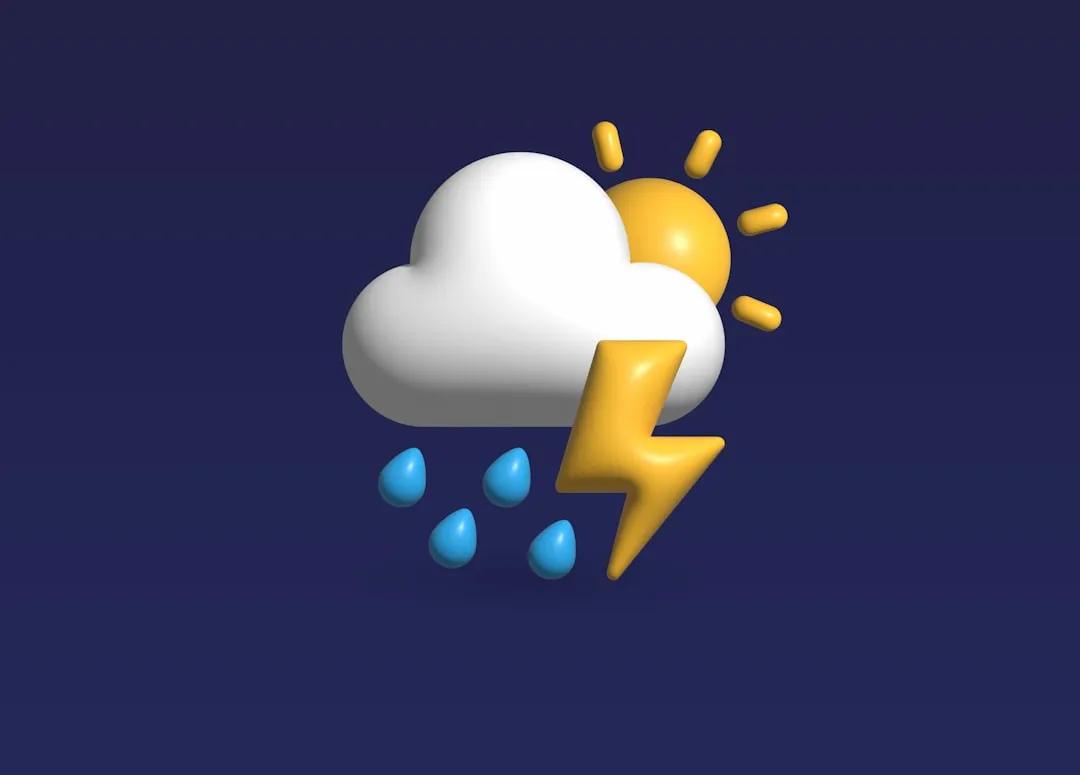
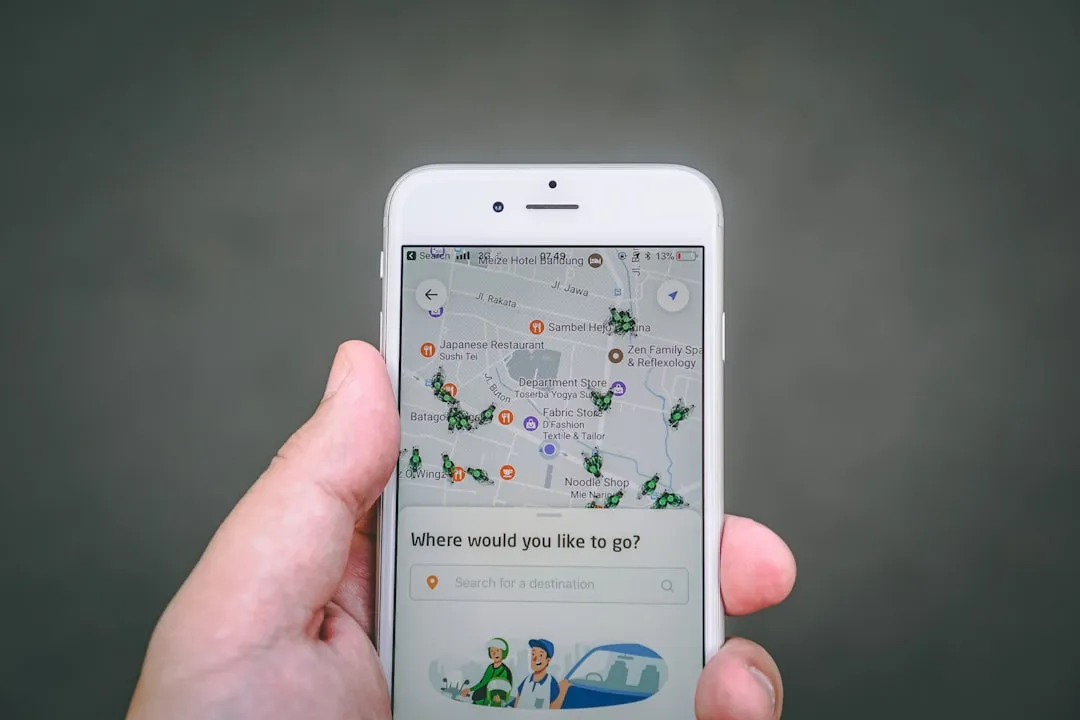



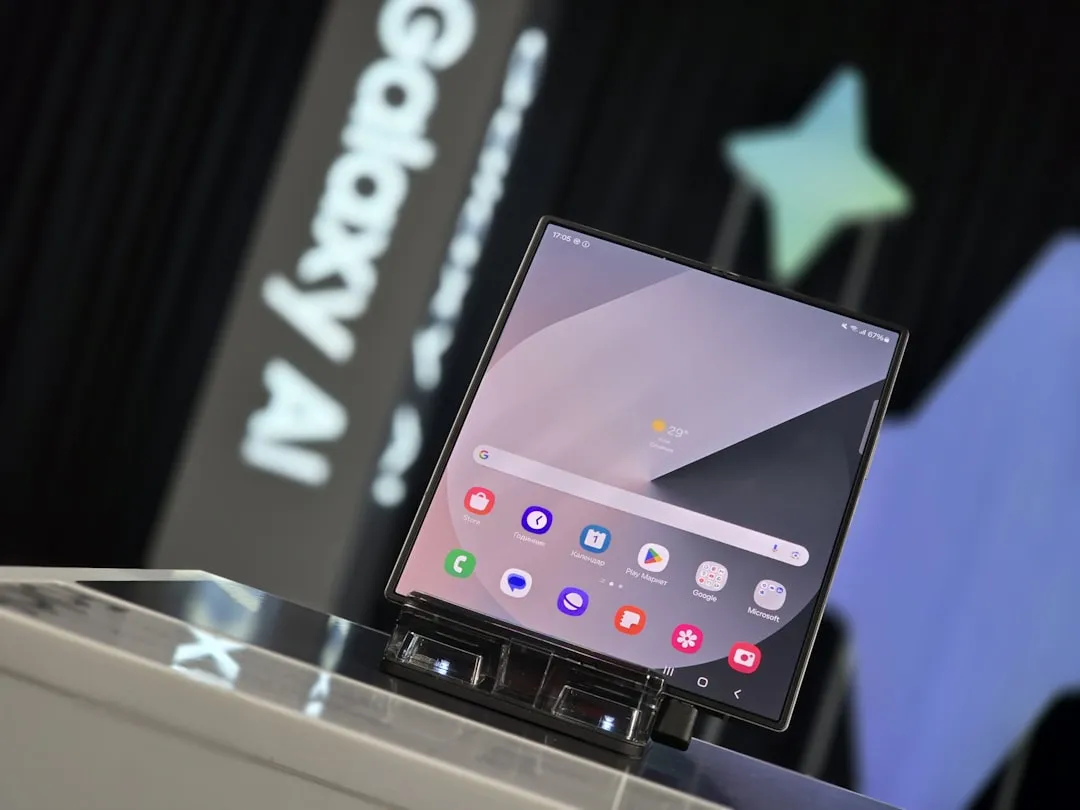




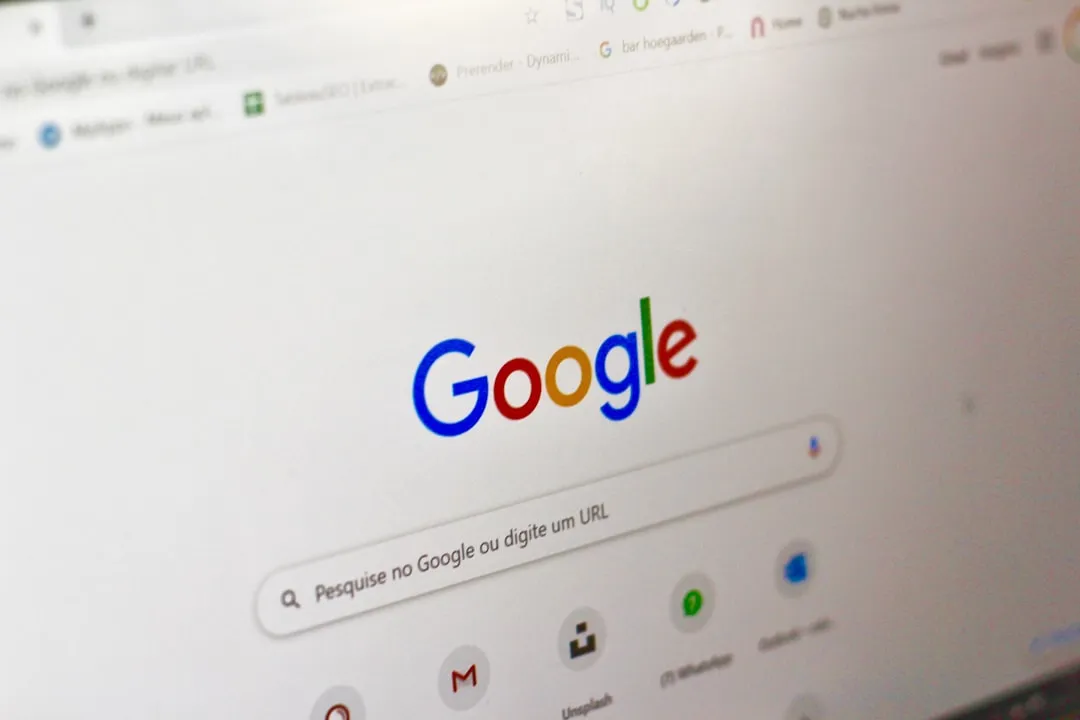



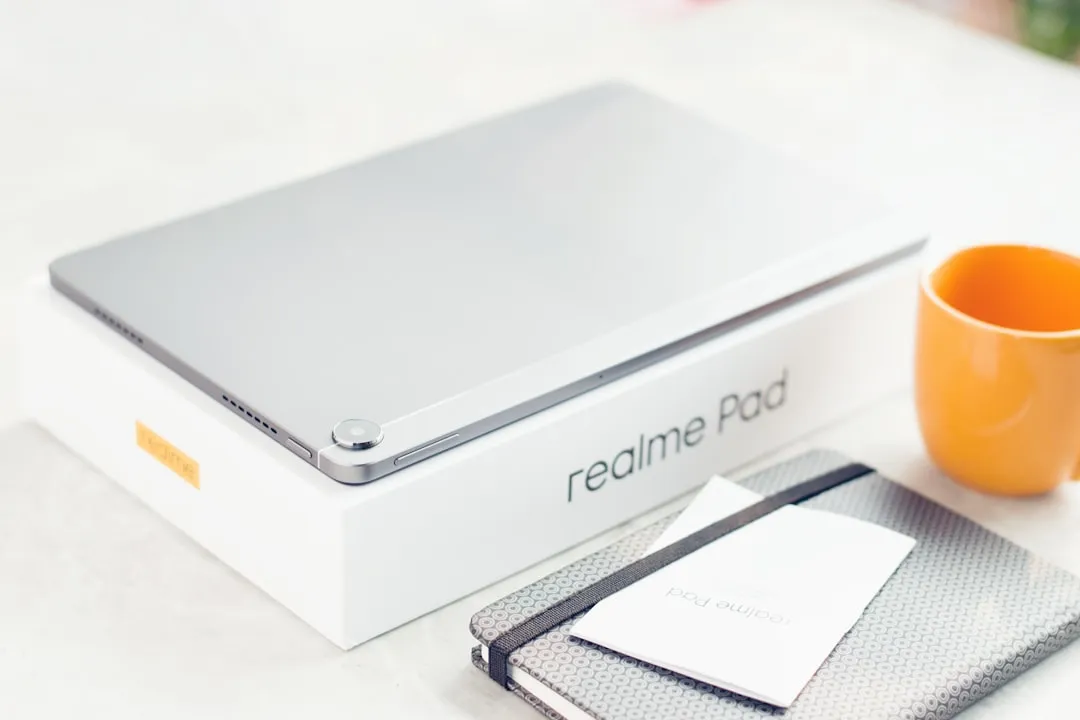



Comments
Be the first, drop a comment!